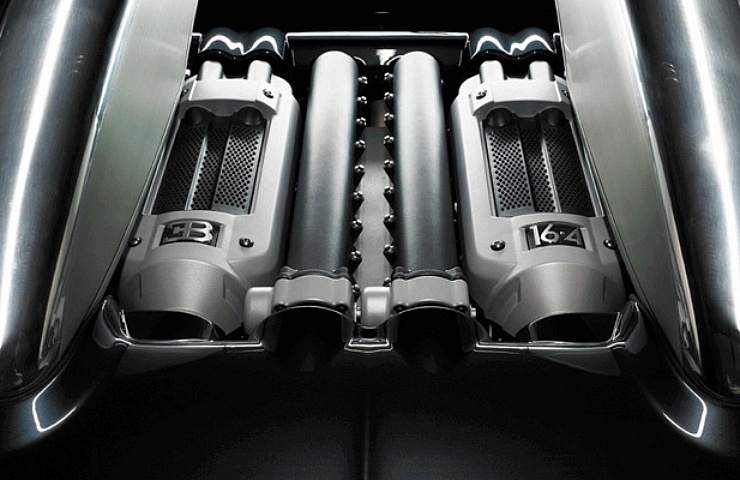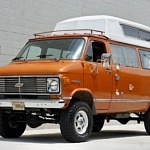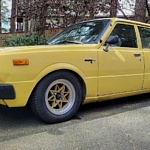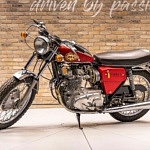Contents
The internal combustion engines used in today’s cars are high-tech wonders. But they nearly all follow a familiar architecture. A set of four, six, or eight cylinders are arranged in an inline, V-shaped, or horizontally opposed layout.
However, over the years, engineers experimented with radically different configurations. The auto industry abandoned nearly all those crazy designs. But this list of strange engines represents an alternative motoring universe worth pondering.
Wankel Rotary Engine
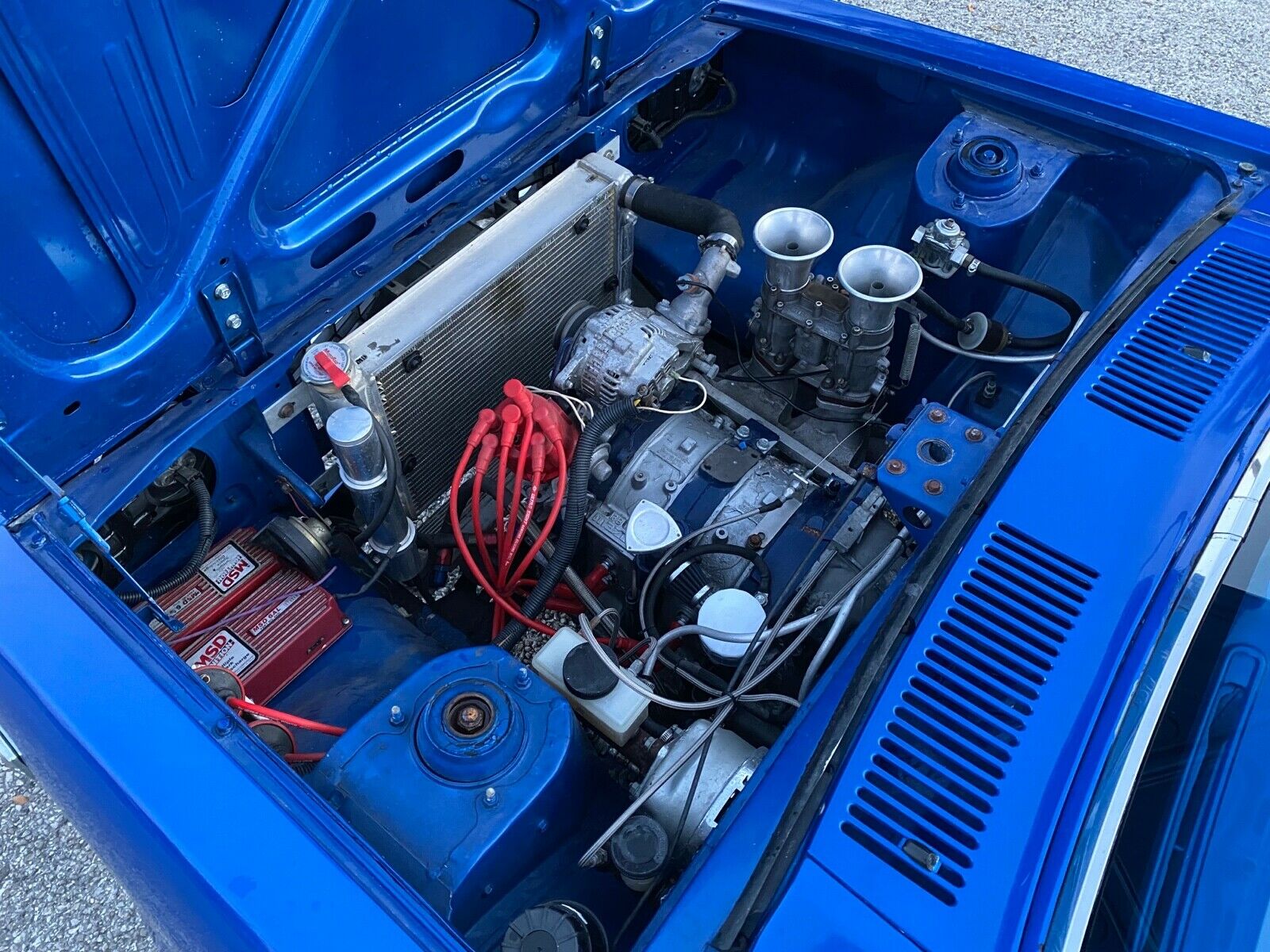
The Wankel rotary engine in a 1974 Mazda RX-3.
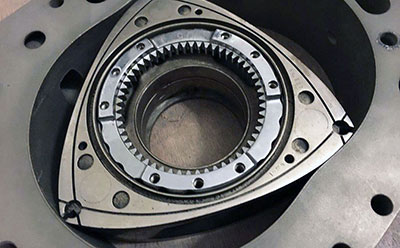
Mercedes Wankel rotor and housing
Felix Wankel designed the remarkably simple Wankel rotary engine nearly a century ago. The engine uses three-sided rotors spinning on a single shaft. The design is less complex than conventional piston engines. But the Wankel is not very efficient.
Mazda was the only manufacturer to sell vehicles with a rotary engine in America. Its rotary lineup kicked off in the 1970s with the RX-2, RX-3, RX-4, Cosmo, and the Rotary Pickup (a.k.a. the REPU). That was followed by the RX-7 and RX-8.
Early Mazda rotary vehicles are highly collectible. AMC, Ford, General Motors, Ford, and Mercedes also flirted with rotary engines—with little to no commercial production.
V-16 Engine
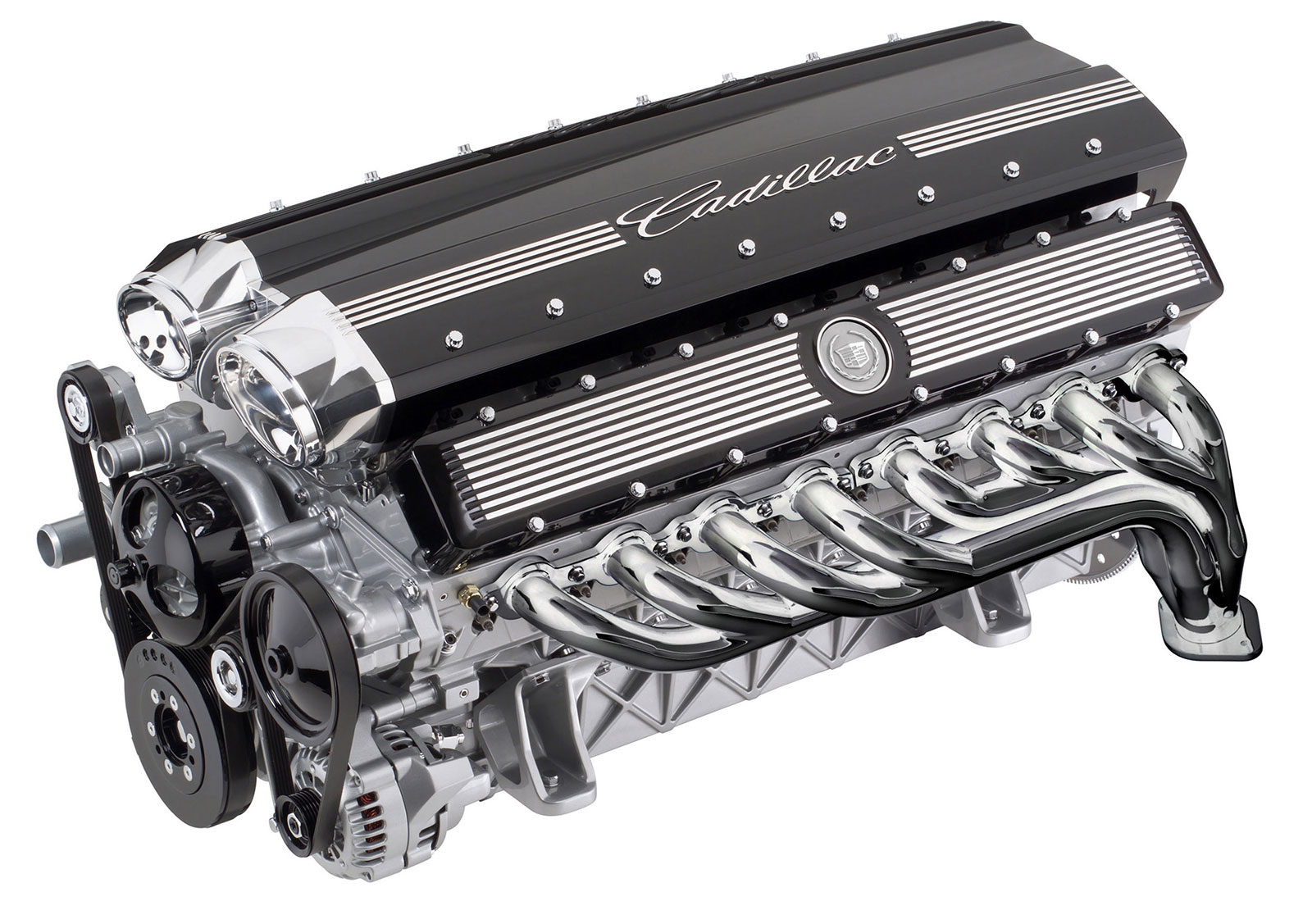
The V-16 engine for the 2003 Cadillac Sixteen concept car.
Do you believe that too much is never enough? Then a 16-cylinder engine offers redemption—with a sticker price to match.
Only a handful of carmakers offered a car powered by 16 cylinders. Perhaps the most famous is the aptly named Caddy V16 in the 1930s. The marque built slightly more than 4,000 V16s over the decade. So if you crave a classic roadster with sixteen cylinders, you’ll need plenty of garage space for that mile-long hood. Caddy revisited the V-16 in 2003 with its Cadillac Sixteen concept car.
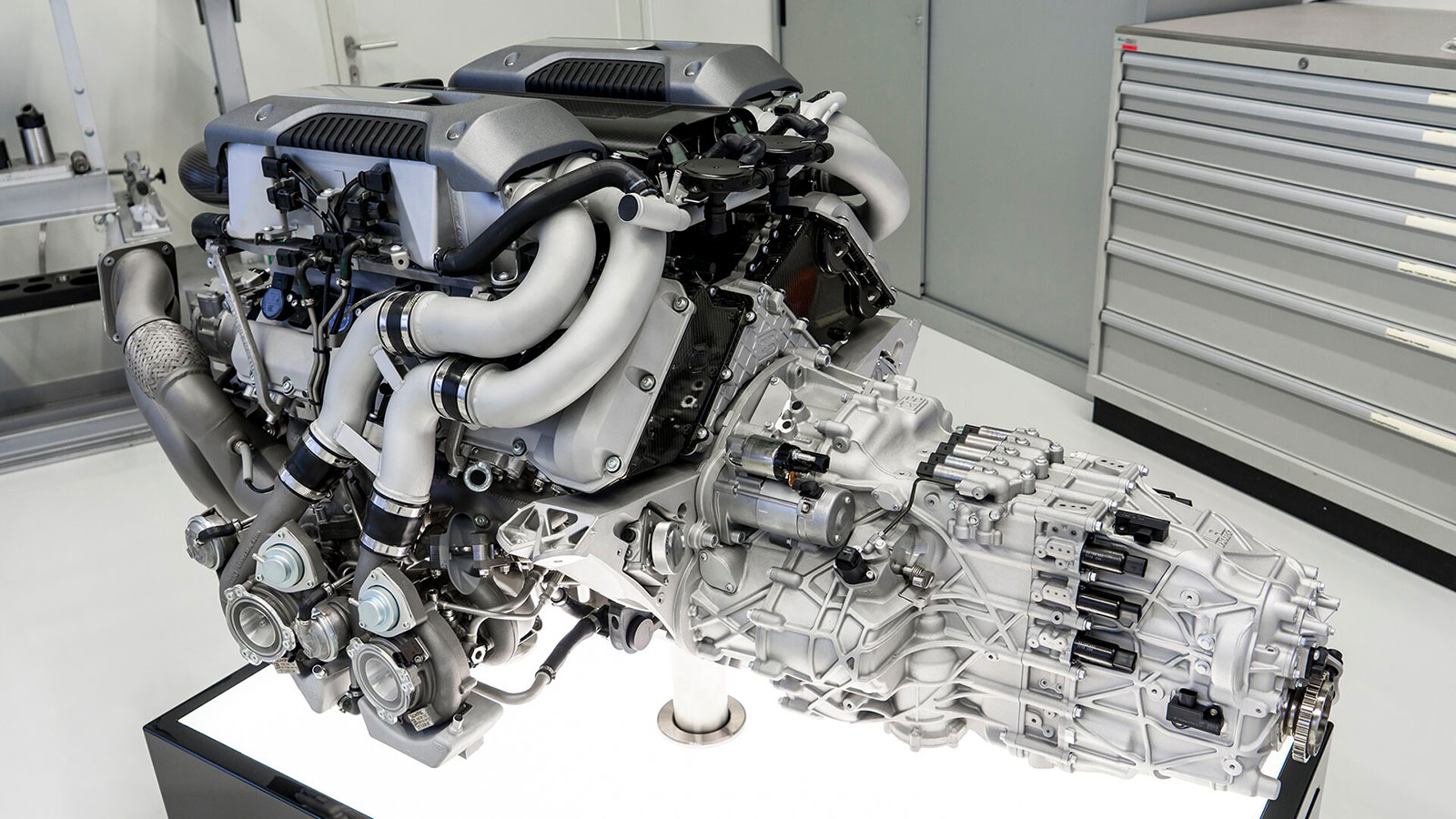
The Bugatti W16 engine (also shown at top of this page)
Bugatti is today’s poster child of automotive excess. The VW Group’s supercar brand takes a different route with its W16 engine. Think two V-8s, side-by-side, as seen in the Chiron and Veyron. If you believe Bugatti’s crazy fast supercars are expensive, wait until you see the bill for a valve job.
Turbine Engine
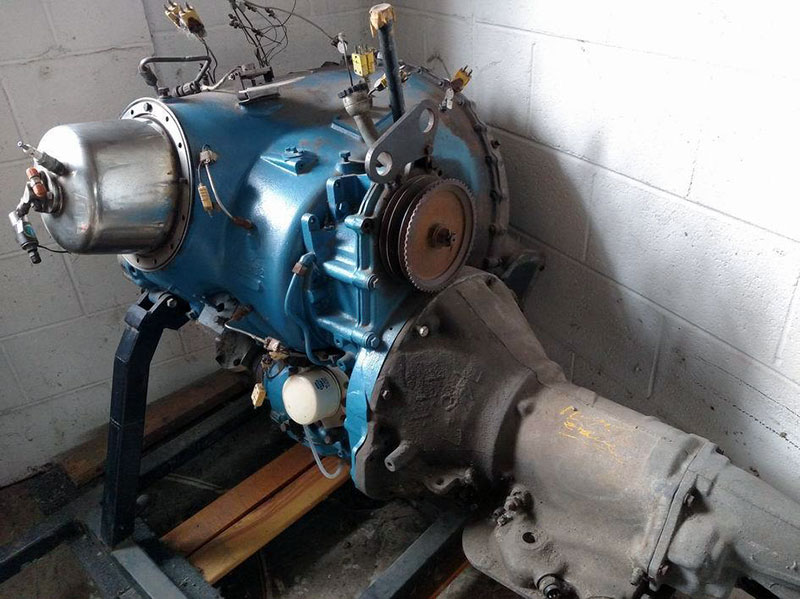
A rare Chrysler turbine engine was offered on eBay in 2015.
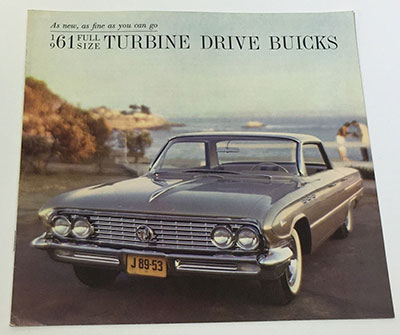
Buick also offered models using turbines in its drive system from about 1947 to 1963.
Jet-powered dragsters are a fan favorite at the drag strip. But a jet engine in a street-worthy car is a rare bird. Chrysler built a mere 55 Turbine cars for the 1963 model year, and just nine are known to exist today.
Jay Leno owns a one-off EcoJet concept car, built on a Corvette frame and powered by a 650 horsepower Honeywell LT-101 turbine engine.
Turbines are known for their ability to burn all sorts of fuels. Case in point: Neil Young’s wicked cool electric LincVolt project used a turbine engine fed by cellulosic ethanol as a range-extender.
Radial Engine

The seller of this Wright 3350 Radial Engine says it can power a B-29 or DC-7. Good luck fitting it under your hood.
Radial engines were popular in the aviation world in the early 1900s. The cylinders emanate from the crankshaft-like points of a star. Radials offer a simplified design, but they’re not easy to package for automotive use.
Nonetheless, in the early 20th century, a slew of auto manufacturers stuffed radial engines into their cars. That said, you’d be hard-pressed to recognize any of the names. Does Meyers, Stapp, or Guidobaldi ring a bell?
Are you wondering if you can retrofit a radial engine into a VW Baja Beetle or Dune Buggy project car? Then give Australia’s Radial Motion a look. It offers a crazy compact (but pricey) three-cylinder crate engine with up to 260 horsepower. Or you can size up one of the radial aviation engines available on eBay.
V-5 Engine
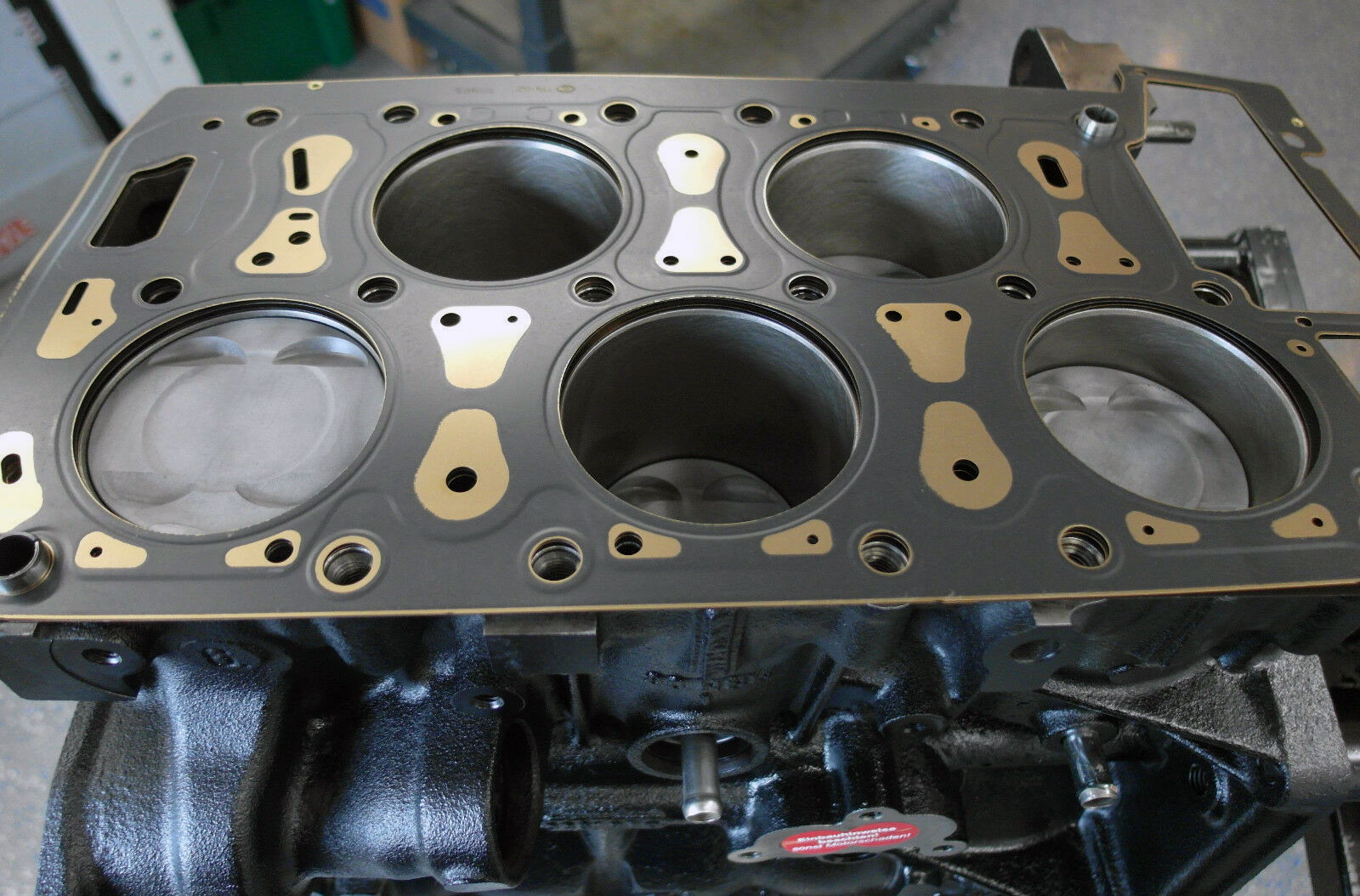
A refurbished Volkswagen V-5 engine for sale on eBay
While inline five-cylinder engines are not unusual, only one manufacturer had the nerve to deliver a V-5 power plant over the years: VW.
While it’s a fading memory, the Volkswagen VR5 earned a spot under the Golf, Beetle, and Passat’s hood between 1997 and 2006. The engine used a narrow 15-degree angle with staggered cylinders and one cylinder head.
Vapor Engine
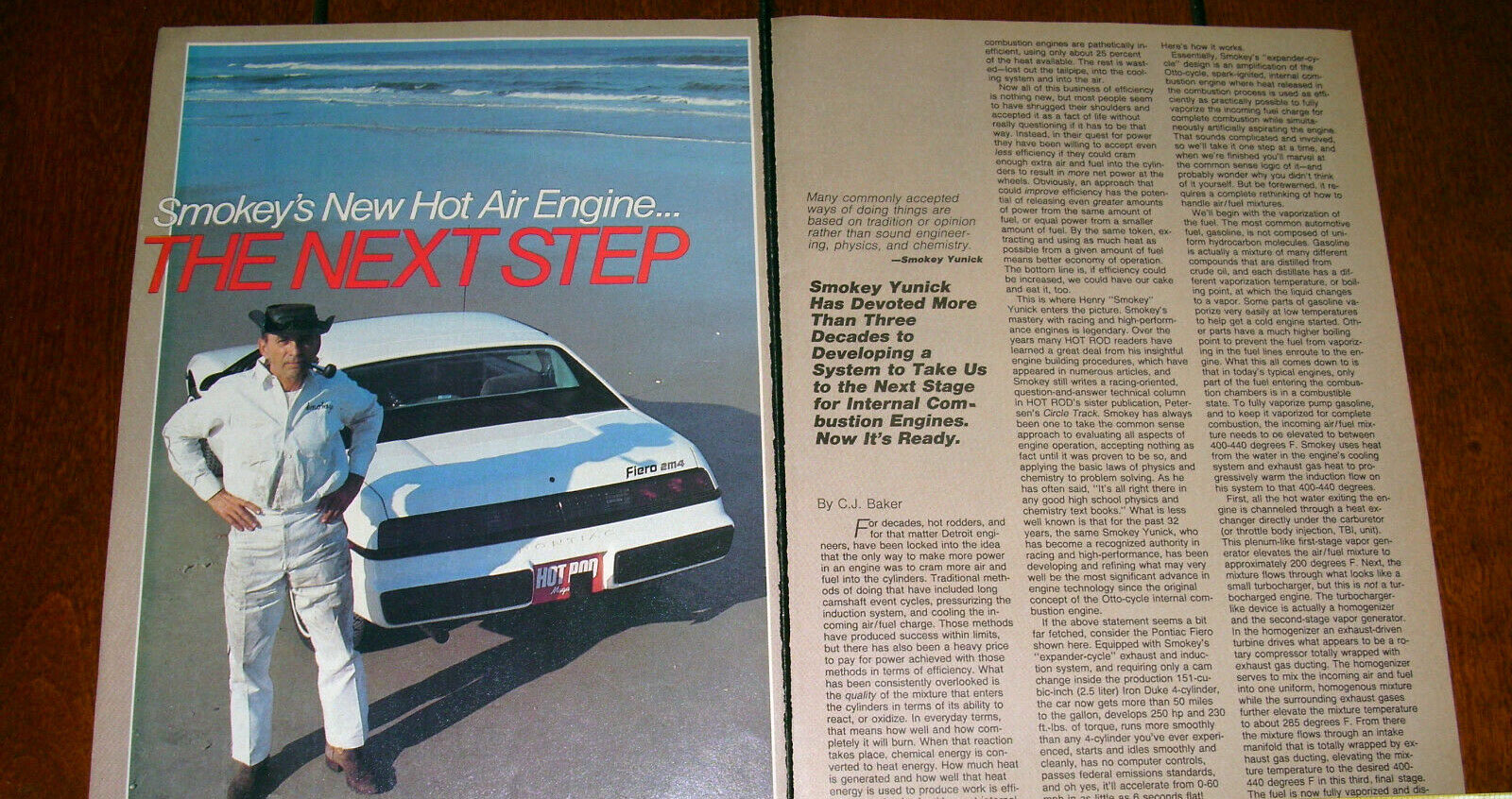
Smokey Yunick spent decades working on a vapor engine.
Smokey Yunick was one of America’s most famous race car mechanics. But he was also an unstoppable innovator. Yunick was only warming up with his many radical modifications in lightweighting, aerodynamics, and alternative racing suspensions. In the 1980s, Smokey landed a series of patents for his vapor engine.
Smokey’s engine used an exhaust-gas-driven turbine (a.k.a. “the homogenizer”). It heated the gasoline to 400-plus degrees to dramatically improve combustion, output, and fuel efficiency. His Pontiac Fiero vapor car now resides at Don Gartlis’s museum. Meanwhile, the charismatic Danny Soliz brought home a slew of engines and parts to continue the work.

